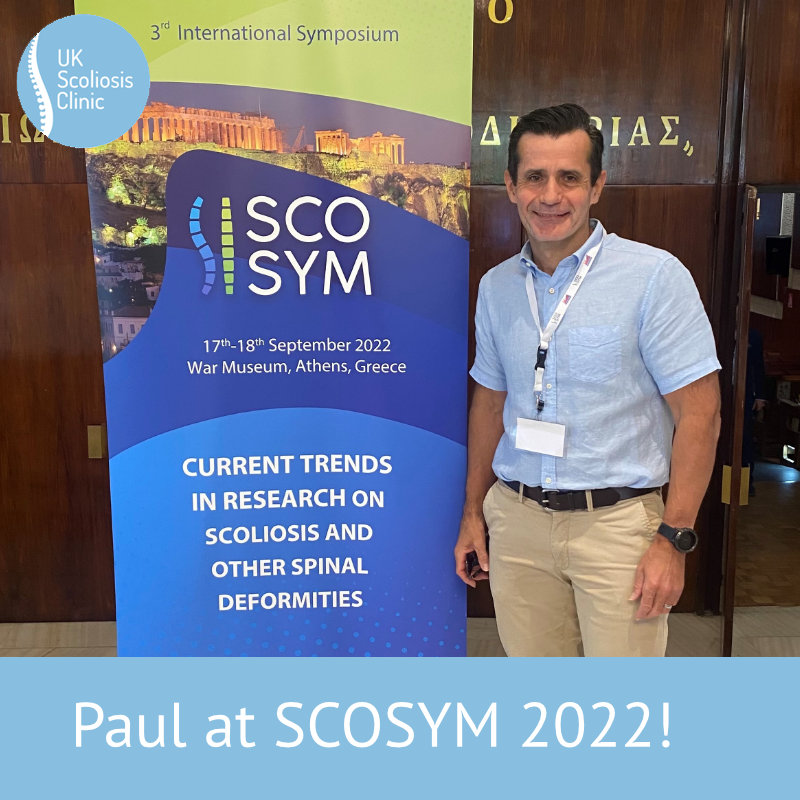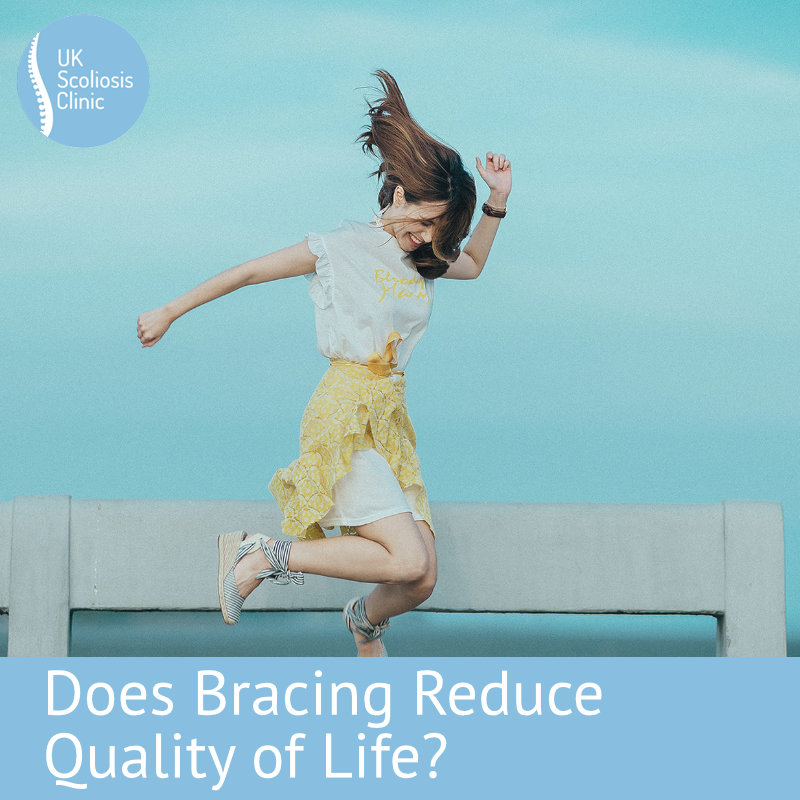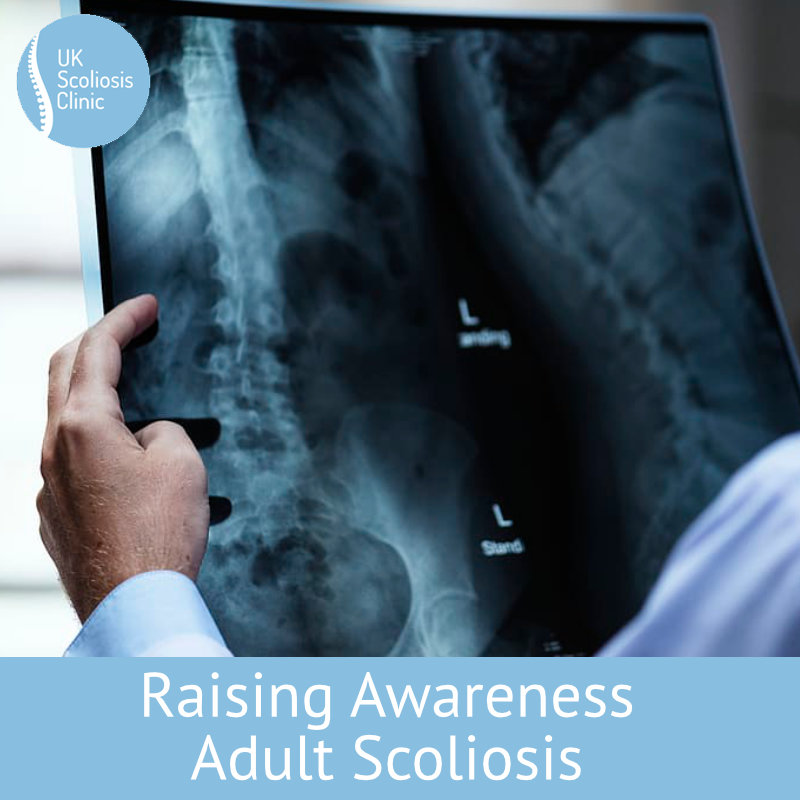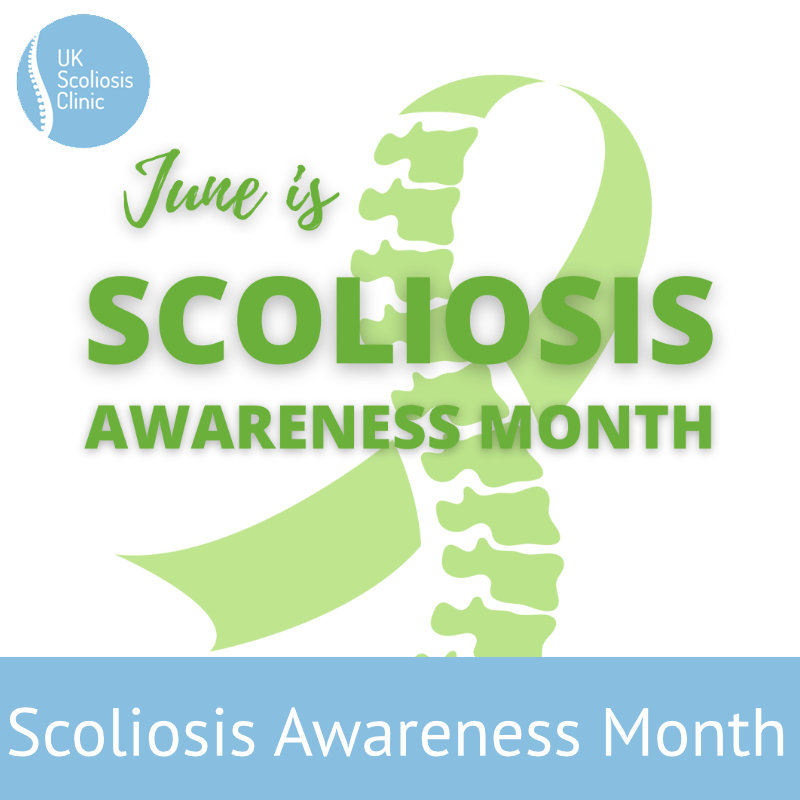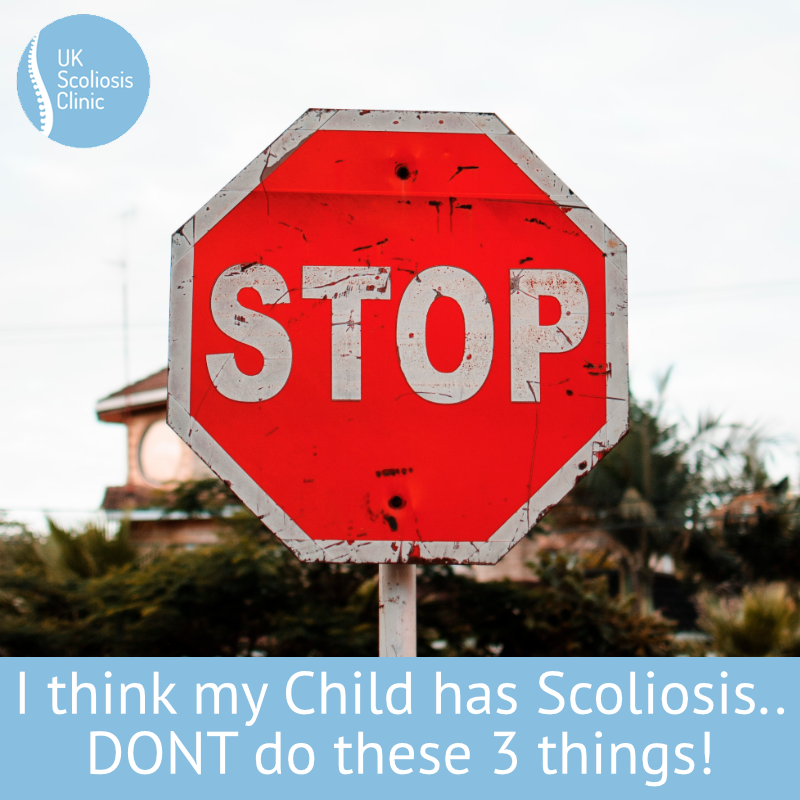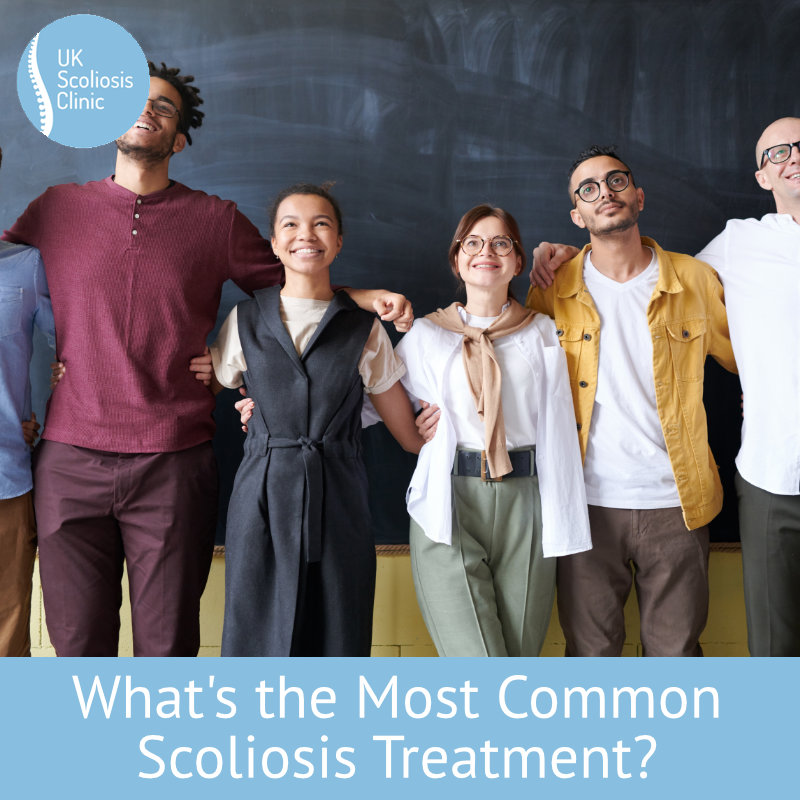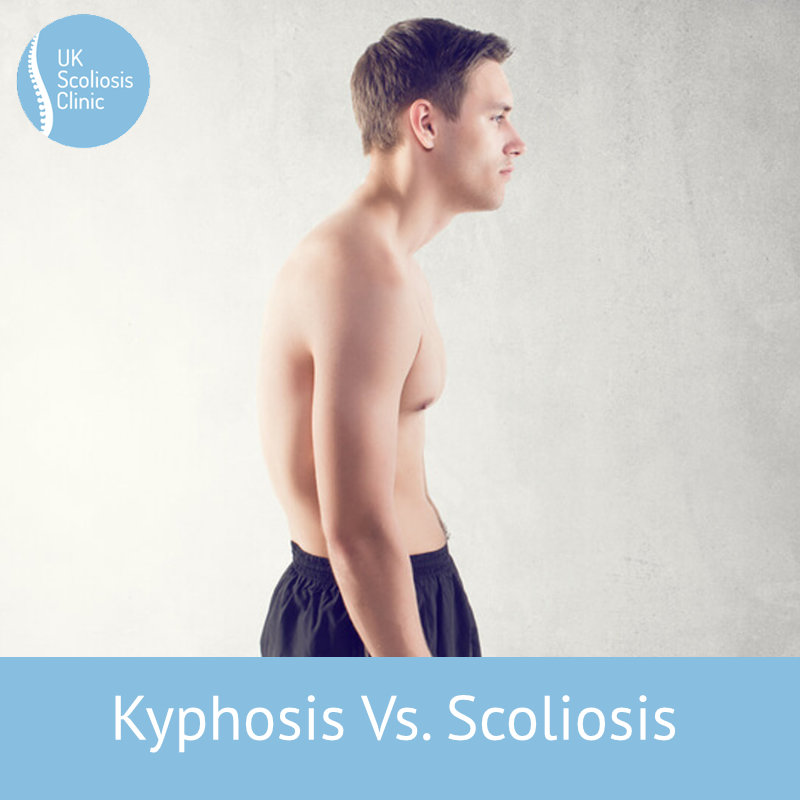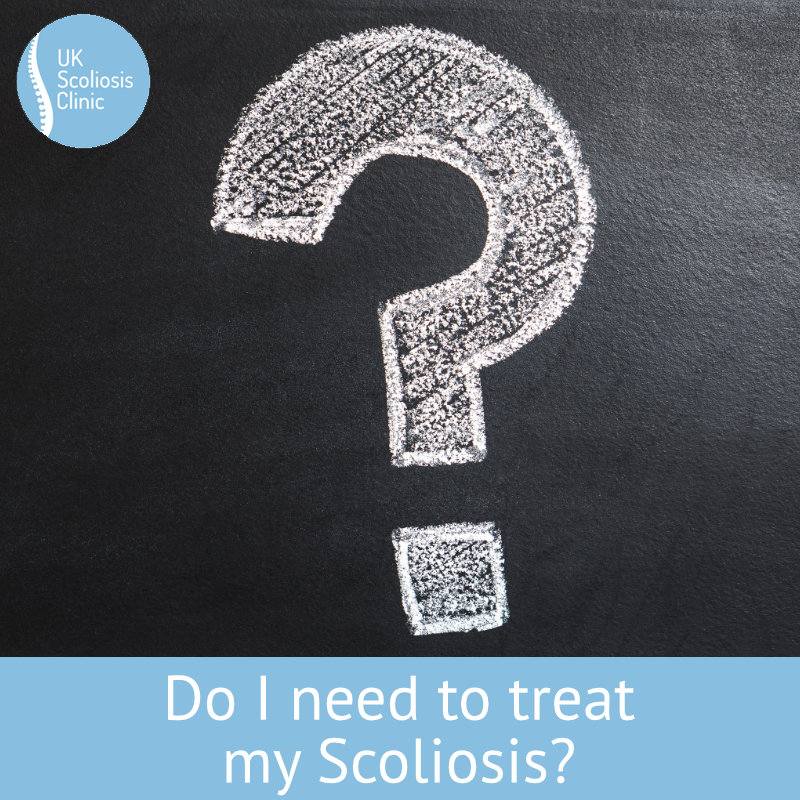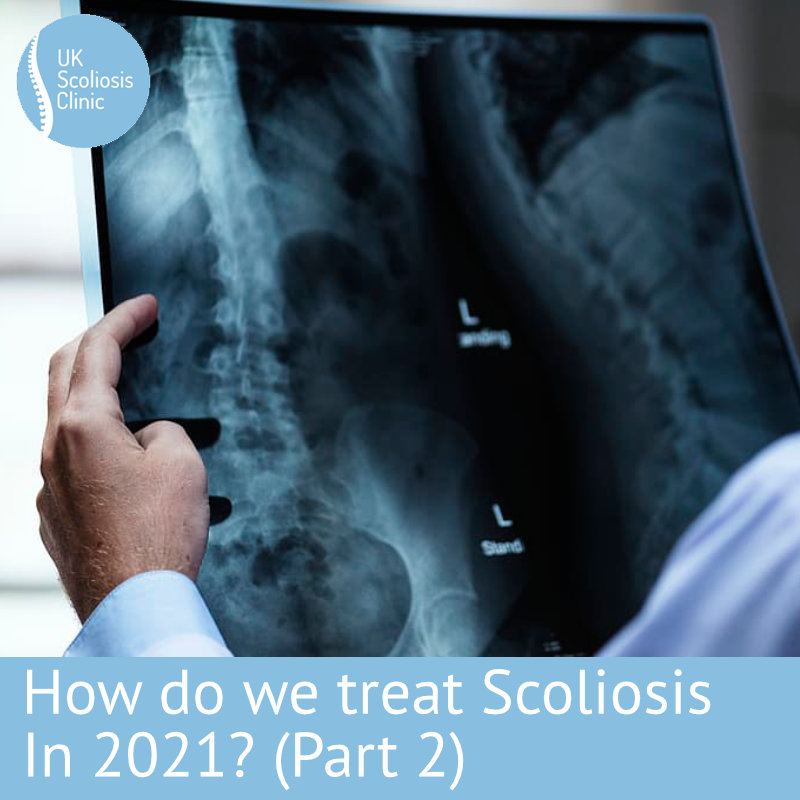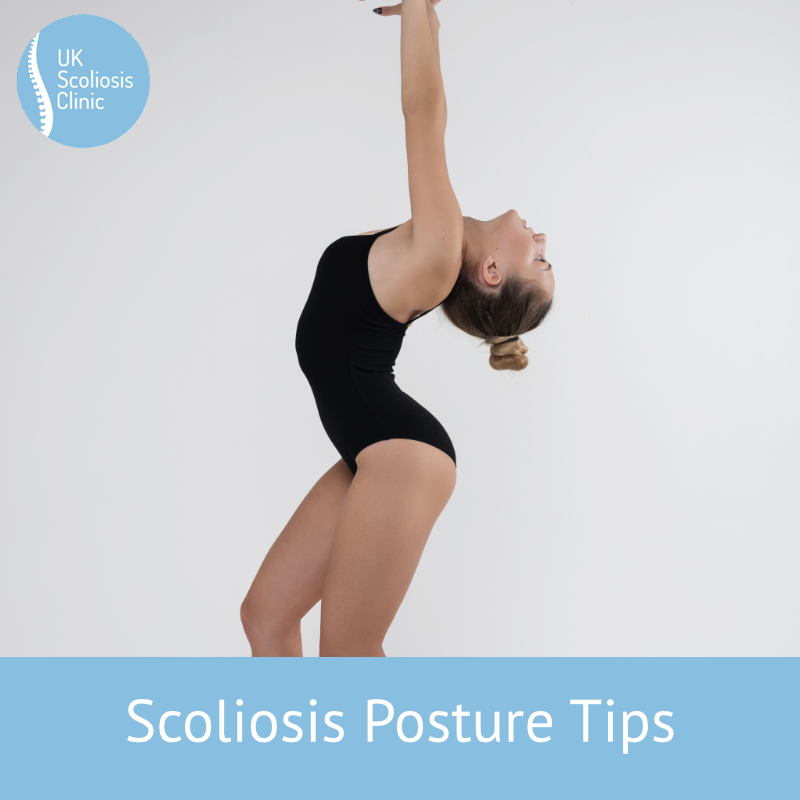
Contrary to popular belief, poor posture cannot give you Scoliosis – the known causes of Scoliosis include degenerative changes in the spine (associated with ageing), neurological conditions and some genetic conditions. It’s also possible to end up with Scoliosis as the result of an accident or injury, or perhaps due to complications during surgery for another issue. All other scoliosis cases are considered idiopathic, meaning the exact cause is unknown – however, there is no evidence to suggest that bad posture causes Scoliosis.
Nonetheless, posture is an important thing for Scoliosis sufferers to keep in mind – now that it is more widely recognised that scoliosis can cause pain and discomfort, many people naturally wonder if there are ways we can reduce discomfort and support treatment during scoliosis correction. While everyday postural changes designed to correct scoliosis are a critical part of approaches such as Schroth therapy, there are also some small changes which one can make in order to potentially improve their overall quality of life.
Sitting and standing
When standing or sitting; good posture uses less energy than poor posture – this is true whether you have scoliosis or not! Some people with scoliosis might find sitting or standing with good posture difficult, either because of the spinal deformity or because of tiredness associated with scoliosis exercise treatment (this is normal!). Because of this, it’s not uncommon for scoliosis patients to sit or stand with weight shifted more to one side than the other – either trying to overcompensate, or simply leaning on the strong side due to tiredness.
The ideal posture when standing is to have weight evenly spread – the neck should be straight with no tilt, the hips level, and the pelvis neutral (this means not tilting forward or backwards). The knees should be straight or alternatively, one knee straight, the other slightly bent. It can help to check your posture regularly in the mirror or get others to check it for you. Imagine yourself as a puppet with a string attached to the top of your head pulling you straight. The important thing to remember is not to overcompensate – if you lean slightly to one side, try to aim for this neutral posture – but don’t go further the other way!
When sitting, it’s easier to centre yourself correctly – the key is to allow the chair to take your weight evenly, which a normal char will. Try to sit back in a chair with your weight on your buttocks and thighs and your back straight. Try not to sit forward on the edge of your seat and keep the pelvis neutral (not tilting forward or backwards). Try to select a chair that allows your knees to be bent at roughly a 90 – 75 degree angle when sitting so that your knees are level with, or slightly lower than your hips. Keep feet flat on the floor and shoulder-width apart. Try not to sit for too long at any one time. It is best to move every 30 minutes to avoid getting stiff, whether you have Scoliosis or not! Low soft sofas, chairs without arms, chairs that are too low or too high, bucket chairs and deep chairs can all be especially uncomfortable for those with Scoliosis.
Some patients find that lumbar (lower back) supports, cushions or memory foam can assist with any pain when sitting – for the most part these are safe to use, but t’s worth checking with your scoliosis practitioner if possible.
Exercise
Exercise is an essential part of everyday health and may well also form part of your Scoliosis treatment – if you are using an exercise-based approach to Scoliosis you will be well aware of the importance of maintaining a balanced and symmetrical spine unless you are specifically performing a corrective exercise.
It’s easy for people with scoliosis to get sore, stiff or tired when using the gym or exercising due to the additional strain which the spine is already under. Similarly, it’s not always a good idea to perform stressful exercises after a scoliosis specific exercise session, as parts of your back will feel tired.
If you do want to perform any kind of weight-bearing exercise, be sure to discuss the best way to do this with your scoliosis practitioner – and always work within your limits, especially during treatment. Very often, low impact and symmetrical exercises, such as swimming are an excellent way to augment scoliosis treatment while keeping fit and with a very low risk of injury or strain.
Beds and sleeping
Choosing the right bed is very important as you spend around 8 hours of the day in it. If you are comfortable you are more likely to sleep well. Getting enough is critical for mental as well as physical health.
As with a chair, it’s recommended to have a bed that allows you to sit on it with your knees at or just below 90 degrees – this should make it easier to lie down and get up.
The mattress should not be too hard or too soft. It needs to support your weight without sagging or giving way at the hips and shoulders – many Scoliosis patients find that a memory foam mattress is more supportive for them – don’t forget that these can be bought separately and added to your bed!
Some patients, especially those with Lumbar curves can experience discomfort when sleeping and laying in bed – this is, in fact, the case for many people, scoliosis sufferer or otherwise, since sleeping flat on your back with your legs straight can put a strain on the lumbar spine. Sleeping on your back, with your knees bent, on your side with your leg bent forward or on your side with a pillow between your legs or under your knees for better support can all help to relieve this discomfort. While not a universal rule, we also find that most scoliosis patients find sleeping on their front somewhat uncomfortable – so you may want to avoid this!


